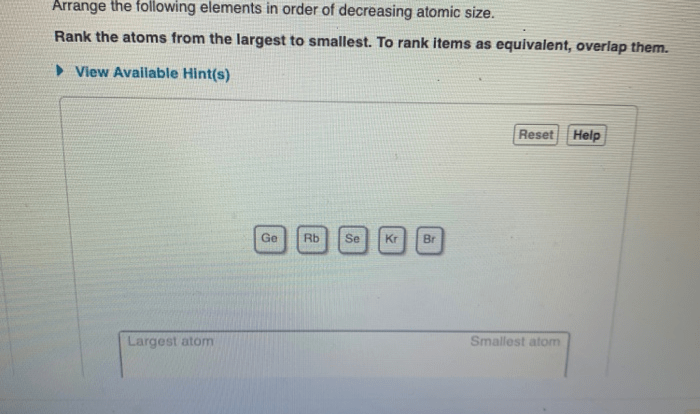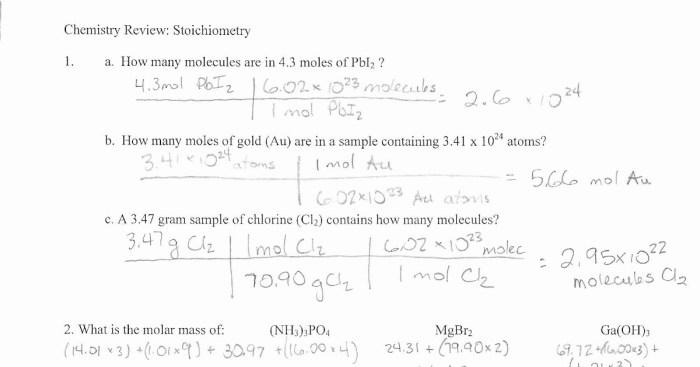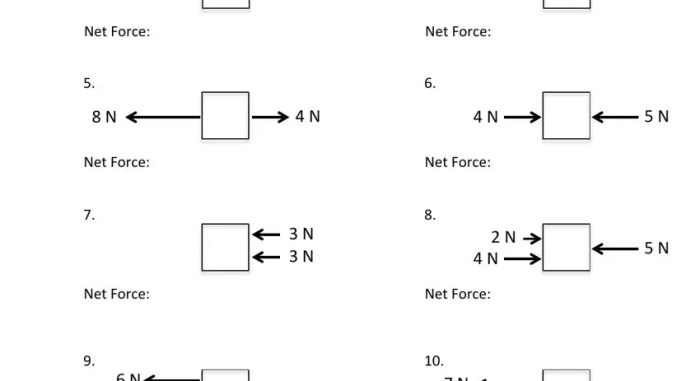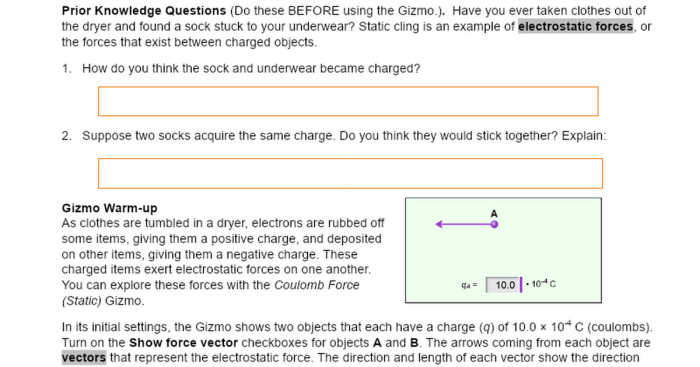Protons neutrons and electrons practice worksheet answer sheet – Delving into the realm of protons, neutrons, and electrons, this comprehensive practice worksheet and answer sheet empowers students to grasp the fundamental concepts of atomic structure. Through engaging exercises and detailed explanations, learners will unravel the mysteries of these subatomic particles, gaining a deeper understanding of the building blocks of matter.
This meticulously crafted resource provides a solid foundation in atomic theory, equipping students with the knowledge and skills essential for success in chemistry and beyond.
Protons, Neutrons, and Electrons: Protons Neutrons And Electrons Practice Worksheet Answer Sheet

Protons, neutrons, and electrons are the fundamental building blocks of atoms, the basic units of matter. Understanding their properties and interactions is essential for comprehending the behavior of matter at the atomic and molecular level.
Definitions and Concepts, Protons neutrons and electrons practice worksheet answer sheet
Protons are positively charged particles located in the nucleus of an atom. They determine the element of an atom and its atomic number. Neutrons are neutral particles also found in the nucleus, and they contribute to the mass of an atom.
Electrons are negatively charged particles that orbit the nucleus in specific energy levels.
Atomic Structure
An atom consists of a central nucleus surrounded by electrons. The nucleus contains protons and neutrons, while electrons occupy the space around the nucleus in shells or energy levels. The number of protons in the nucleus determines the element and its atomic number, while the number of neutrons affects the mass of the atom.
Isotopes
Isotopes are atoms of the same element that have the same number of protons but different numbers of neutrons. They have the same chemical properties but differ in mass and stability. Isotopes have applications in various fields, such as medicine (radioactive isotopes for imaging and therapy) and geology (dating rocks and fossils).
Worksheet Practice
(Provide a practice worksheet with questions related to protons, neutrons, and electrons. Include answer key for students to check their understanding.)
Real-World Applications
Understanding protons, neutrons, and electrons has led to advancements in medicine, chemistry, and physics. In medicine, radioactive isotopes are used for imaging techniques like PET scans and radiation therapy for cancer treatment. In chemistry, isotopes are used to study reaction mechanisms and determine the age of materials.
In physics, the study of subatomic particles has led to the development of particle accelerators and nuclear energy.
FAQ Explained
What is the purpose of this practice worksheet?
This practice worksheet aims to enhance students’ understanding of protons, neutrons, and electrons, the fundamental particles that constitute atoms.
How can I use this worksheet effectively?
To maximize the benefits of this worksheet, actively engage with the exercises, carefully study the explanations, and utilize the answer sheet to assess your comprehension.
What are the key concepts covered in this worksheet?
This worksheet delves into the basic concepts of protons, neutrons, and electrons, including their location, charge, and role in determining an element’s identity.




